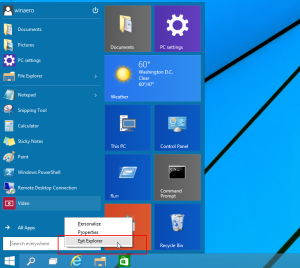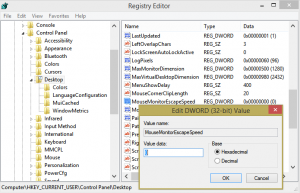A new drug that selectively affects potassium channels in the brain may offer effective treatment for epilepsy and prevent tinnitus, UConn neurophysiologist Anastasios Tzingounis and colleagues report in the June 10 Journal of Neuroscience.
Epilepsy and tinnitus are both caused by overly excitable nerve cells. Healthy nerves have a built-in system that slams on the brakes when they get too excited. But in some people this braking system doesn’t work, and the nerves run amok, signaling so much that the brain gets overloaded and has a seizure (epilepsy) or hears phantom ringing (tinnitus). About 65 million people worldwide are affected by epilepsy. The numbers on tinnitus are not as clear-cut, but the American Tinnitus Association estimates 2 million people have tinnitus so disabling they have trouble functioning in daily life.
The existing drugs to treat epilepsy don’t always work, and can have serious side effects. One of the more effective, called retigabine, helps open KCNQ potassium channels, which are the “brakes” that shut down the signaling of overly excited nerves. Unfortunately, retigabine has significant adverse side effects, including sleepiness, dizziness, problems with urination and hearing, and an unnerving tendency to turn people’s skin and eyes blue. Because of this, it’s usually only given to adults who don’t get relief from other epilepsy drugs.
Tzingounis’s research focuses on KCNQ potassium channels and how they work. He became interested in the topic several years ago, when doctors around the world began reporting infants with severe, brain-damaging seizures. Genetic testing showed that the children with this problem had genetic differences in their KCNQ potassium channels. Most existing anti-seizure drugs don’t work for these children, and few physicians are willing to prescribe retigabine for babies because of its side effects.
A neurobiologist at the University of Pittsburgh, Thanos Tzounopoulos, who specializes in tinnitus and knew about Tzingounis’s work on potassium channels, contacted Tzingounis in 2013 and asked if he’d like to test out a new drug candidate. The drug, SF0034, was chemically identical to retigabine, except that it had an extra fluorine atom. A company called SciFluor had developed SF0034, and wanted to know whether the compound had promise against epilepsy and tinnitus. The two researchers thought the drug had the potential to be much better than retigabine, and began working together to test it.
The most important question to answer was whether SF0034 works on KCNQ potassium channels the same way retigabine does, and if so, was it better or worse than its parent compound?
KCNQ potassium channels are found in the initial segment of axons, long nerve fibers that reach out and almost, but don’t quite, touch other cells. The gap between the axon and the other cell is called a synapse. When the cell wants to signal to the axon, it floods the synapse with sodium ions to create an electrical potential. When that electrical potential goes on too long, or gets out of hand, the KCNQ potassium channel kicks in. It opens, potassium ions flood out, and the sodium-induced electrical potential shuts down.
In some types of epilepsy, the KCNQ potassium channels have trouble opening and shutting down runaway electrical potentials in the nerve synapse. Retigabine helps them open.
There are five different kinds of KCNQ potassium channels in the body, but only two are important in epilepsy and tinnitus: KCNQ2 and KCNQ3. The problem with retigabine is that it acts on other KCNQ potassium channels as well, and that’s why it has so many unwanted side effects.
Tzingounis and Tzounopoulos first tested SF0034 in neurons, and found that it was more selective than retigabine. It seemed to open only KCNQ2 and KCNQ3 potassium channels, not affecting KCNQ 4 or 5. It was more effective than retigabine at preventing seizures in animals, and it was also less toxic.The results are promising, both for research and for medicine. SciFluor now plans to start FDA trials with SF0034, to see whether it is safe and effective in people. Treating epilepsy is the primary goal, but tinnitus can be similarly debilitating, and sufferers would welcome a decent treatment.
Tzingounis is pleased as well. “This [SF0034] gives me another tool, and a better tool, to dissect the function of these channels,” he says. “We need to find solutions for kids – and adults – with this problem.”







